Global Interventional Pulmonology Market - Comprehensive Data-Driven Market Analysis & Strategic Outlook
A major transition in respiratory care that started many years ago and gradually transformed the early bronchoscopic tools into modern ones was the major factor that the global interventional pulmonology market would be shaped by in the long run. The whole process that began with mere inspection of airways eventually ended with open-chest surgery discouragement through different methods. By the end of the twentieth century, the development of flexible endoscopes and safe sedation techniques had already started new forms of treatment that would reduce the need for hard-chio procedures. That era laid down the very foundation of a medical specialty which in due time got to be recognized as a separate industry so that there were device manufacturers, training centers, and clinical programs all dedicated to this less invasive lung treatment.
- The global interventional pulmonology market is forecasted to reach around USD 4886.6 million in 2025 and is predicted to grow at a CAGR of around 6.8% through 2032, with the possibility of exceeding USD 7747.8 million.
- The biggest part of the market (almost 29.1%) belongs to bronchoscopes, which not only provide reliability but also open new areas through the progress of research.
- Major trends that enhance the growth are: one, ever-growing rate of respiratory diseases like COPD, cancer in the lungs, and asthma; secondly, the use of advanced technology in bronchoscopy along with the imaging-guided pulmonary procedures.
- The opportunities comprise: the whole demand for minimally invasive methods for lung cancer diagnosis and treatment is rapidly developing.
- The major insight learned is that the market is destined to drastically increase its worth during the coming ten years which means great opportunities for companies to invest.
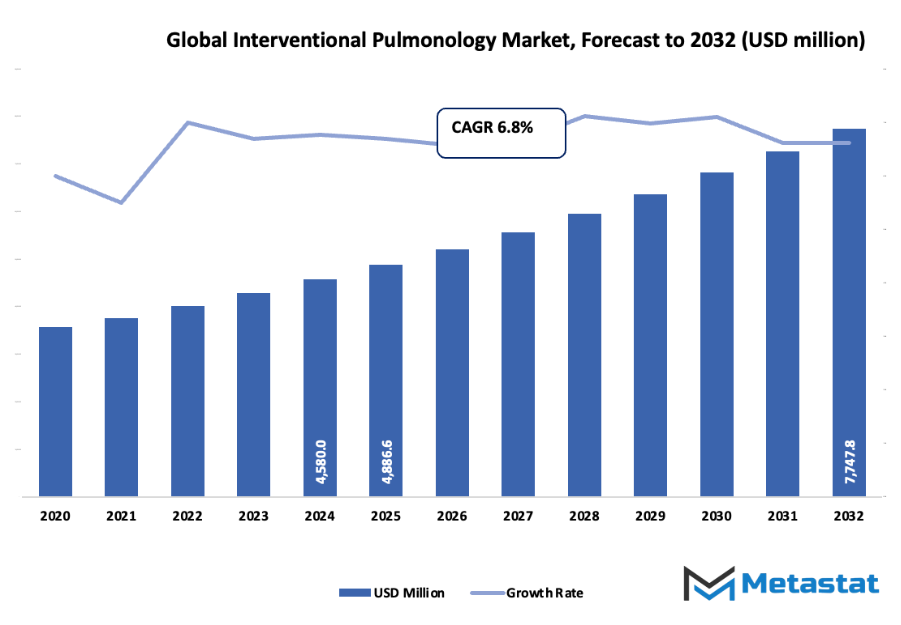
Chronic respiratory illnesses remained on the rise throughout the early 2000s, thus, hospitals turned to technology that would allow for quicker recovery and, consequently, fewer complications. This need for technology resulted in developers coming up with instruments that could get to the small airways and still give high diagnostic accuracy. A noteworthy moment was when navigational bronchoscopy systems started to emerge in the academic literature from associations such as the American Thoracic Society and the National Institutes of Health. The literature was supportive in that it provided evidence of peripheral lung nodule detection rates having surpassed traditional bronchoscopic methods by more than 20 percent in controlled studies. Coincidentally, updated lung cancer screening recommendations were issued by the governmental health organizations in North America and Europe, which significantly increased the number of diagnostic procedures done globally. These factors motivated the manufacturers to present robotic systems, upgraded biopsy needles, and energy-based devices for treating airway blockage non-invasively.
The transition from traditional to digital imaging and the uptake of AI tools by the healthcare systems will continue to further develop the market. According to the data released by the U.S. CDC, over 1.3 million hospitalizations due to chronic lower respiratory diseases were recorded every year, which pointed out the need for quick diagnostic routes. The training programs run by the leading respiratory societies would also be intensified, thus, physicians would be equipped with the advanced airway techniques and, at the same time, industry demand for such specialized instruments would be buttressed. Right now, the worldwide interventional pulmonology market is at a place where it can choose the next stage through clinical demand, engineering advancement, and new standards of care.
Market Segments
The global interventional pulmonology market is mainly classified based on Product Type, Indication, Application, End User.
By Product Type is further segmented into:
- Bronchoscopes: Bronchoscopes are the most important instruments that are used for airway inspection and sample collection for diagnostic reasons. The superb imaging capabilities and adaptability of bronchoscopes facilitate very accurate entry into lung passages and detection of infections, tumors, or obstructions. The development of fiber-optic and video-assisted systems continues to provide better visualization and accuracy for pulmonary interventions.
- Electromagnetic Navigation Bronchoscopy System: The Electromagnetic Navigation Bronchoscopy System is a guiding system for luring very difficult-to-access lung nodules. It links imaging with electromagnetic tracking to enhance biopsy accuracy and minimize complications. This technology is a great help in the early detection of lung diseases, particularly cancers, and it also assures a clinician's practice for more complicated yet safer procedures.
- Pleuroscopes: Pleuroscopes instruments are utilized in the process of examining and treating the conditions of the pleurae by supplying the pleural cavity with direct visual access. They are designed flexibly for enabling fluid drainage and biopsy collection. The development of image quality and ergonomics for the equipment used has turned pleuroscopy into a vital method for diagnosing pleural effusions and malignancies.
- Respiratory Endotherapy Devices: Respiratory Endotherapy Devices play a major role in managing airway obstructions and lung disorders. These include balloons, laser probes, and other therapeutic tools that restore airway function. Growing use in both diagnostic and therapeutic applications highlights their importance in effective pulmonary care.
- Airway Stents: Airway Stents are vital in maintaining open air passages for patients with obstructions caused by tumors or stenosis. Made from materials such as silicone or metal, these stents provide structural support and improve breathing comfort. Continuous design improvements aim to reduce migration and infection risks.
- Pleural Catheters: Pleural Catheters assist in managing pleural effusions by enabling fluid drainage from the pleural cavity. They offer a less invasive alternative to traditional surgery and enhance patient comfort. Their use has expanded due to their effectiveness in long-term management of recurrent pleural conditions.
- Others: Other devices in the global interventional pulmonology market include innovative diagnostic tools and supportive accessories that enhance procedural safety and efficiency. These products contribute to improving treatment accuracy and expanding clinical applications in pulmonary care.
By Indication the market is divided into:
- Asthma: Asthma management through interventional pulmonology involves procedures that target airway inflammation and obstruction. Techniques like bronchial thermoplasty are used to reduce muscle thickness in the airways, leading to better breathing control. The demand for minimally invasive asthma treatments continues to grow due to improved patient outcomes.
- COPD: COPD treatments in interventional pulmonology focus on enhancing airflow and reducing symptoms. Devices such as valves and coils are used to improve lung function and quality of life. Increased awareness and technological progress are boosting adoption in hospitals and specialized respiratory centers.
- Lung Cancer: Lung Cancer diagnosis and treatment rely heavily on bronchoscopy and navigation systems for biopsy and targeted therapy. These procedures support early detection and precision treatment. The expanding use of advanced bronchoscopy tools contributes significantly to the growth of this segment.
- Tracheal and Bronchial Stenosis: Tracheal and Bronchial Stenosis are managed using stents and balloon dilation techniques to restore airway patency. These methods provide quick relief from breathing difficulties and improve patient comfort. Advancements in device materials ensure better durability and reduced post-procedure complications.
- Others: Other indications include infections, pulmonary fibrosis, and pleural diseases that require diagnostic and therapeutic interventions. Growing awareness and improved technologies are expanding the role of interventional pulmonology in addressing various respiratory disorders.
By Application the market is further divided into:
- Diagnosis: Diagnostic applications involve the use of bronchoscopes and pleuroscopes to identify respiratory conditions. Accurate imaging and minimally invasive biopsy methods help detect diseases at earlier stages. The adoption of advanced diagnostic systems continues to rise in healthcare facilities.
- Therapeutics: Therapeutic applications focus on treating airway obstructions, pleural effusions, and other lung diseases through endoscopic techniques. These treatments provide better recovery and fewer complications compared to traditional surgery. Continuous improvements in devices enhance treatment success rates.
- Surgical Procedures: Surgical Procedures under interventional pulmonology are performed using advanced imaging and navigation tools that allow precise interventions. These procedures support targeted treatments while reducing patient trauma. Growing reliance on minimally invasive surgery drives this segment’s expansion.
- Palliative Care: Palliative Care applications aim to relieve symptoms and improve comfort for patients with advanced respiratory diseases. Interventional pulmonology techniques help reduce breathlessness and manage complications effectively. Increased focus on quality of life has strengthened this application area.
By End User the global interventional pulmonology market is divided as:
- Hospitals: Hospitals remain the primary users of interventional pulmonology devices due to their comprehensive infrastructure and expert medical teams. They handle complex procedures and maintain high patient volumes, which drive demand for advanced diagnostic and therapeutic equipment.
- Ambulatory Surgical Centers: Ambulatory Surgical Centers are increasingly adopting interventional pulmonology procedures because of shorter recovery times and lower costs. These centers offer efficient and safe environments for outpatient pulmonary interventions, contributing to overall market growth.
- Others: Other end users include specialty clinics and research institutions that focus on respiratory care and device innovation. Their involvement in clinical studies and patient management supports technological progress and promotes broader use of interventional pulmonology techniques.
|
Forecast Period |
2025-2032 |
|
Market Size in 2025 |
$4886.6 Million |
|
Market Size by 2032 |
$7747.8 Million |
|
Growth Rate from 2025 to 2032 |
6.8% |
|
Base Year |
2024 |
|
Regions Covered |
North America, Europe, Asia-Pacific, South America, Middle East & Africa |
By Region:
- Based on geography, the global interventional pulmonology market is divided into North America, Europe, Asia-Pacific, South America, and the Middle East & Africa.
- North America is further divided into the U.S., Canada, and Mexico, whereas Europe consists of the UK, Germany, France, Italy, and the Rest of Europe.
- Asia-Pacific is segmented into India, China, Japan, South Korea, and the Rest of Asia-Pacific.
- The South America region includes Brazil, Argentina, and the Rest of South America, while the Middle East & Africa is categorized into GCC Countries, Egypt, South Africa, and the Rest of the Middle East & Africa.

Growth Drivers
Increasing prevalence of respiratory disorders such as COPD, lung cancer, and asthma:
The rising number of individuals suffering from respiratory disorders such as COPD, lung cancer, and asthma will contribute to the expansion of the global interventional pulmonology market. The growing pollution levels, smoking habits, and aging population are increasing the occurrence of these diseases. Early detection and management through advanced pulmonary interventions will be important in reducing mortality rates. The rising demand for effective treatment options will push healthcare systems and manufacturers to invest in improved interventional procedures. This ongoing need for better patient care will steadily drive the global interventional pulmonology market forward.
Technological advancements in bronchoscopy and imaging-guided pulmonary procedures:
Continuous improvement in bronchoscopy and imaging-guided procedures will play a major role in boosting the global interventional pulmonology market. The introduction of high-definition imaging, robotic-assisted bronchoscopy, and navigation systems allows for more precise diagnosis and treatment of lung conditions. These innovations enhance patient safety, reduce recovery time, and improve diagnostic accuracy. Hospitals and healthcare centers are increasingly adopting such technologies to deliver better clinical outcomes. As medical device companies continue to develop more advanced systems, the accessibility and efficiency of interventional pulmonology procedures will rise, strengthening the position of the global interventional pulmonology market.
Challenges and Opportunities
High cost of interventional equipment and limited availability in developing regions:
The high price of specialized equipment will remain a significant barrier to the growth of the global interventional pulmonology market. Many healthcare facilities in developing regions face difficulties in acquiring advanced interventional tools due to budget constraints. Limited access to high-end devices restricts the availability of quality pulmonary care for patients in low-resource settings. The maintenance and training costs associated with these technologies further add to the challenge. To overcome this, affordable equipment and government-supported healthcare initiatives will be essential in widening access and ensuring steady market development for the global interventional pulmonology market.
Shortage of trained pulmonologists skilled in advanced interventional techniques:
A major challenge affecting the global interventional pulmonology market will be the lack of skilled pulmonologists capable of performing complex procedures. Advanced techniques such as endobronchial ultrasound and airway stenting require specialized training and experience. Many regions, especially developing countries, lack adequate educational programs and training centers for interventional pulmonology. This shortage can lead to delayed diagnosis and limited access to specialized treatments. Expanding training programs and encouraging global collaboration in medical education will be key to addressing this gap and ensuring consistent growth in the global interventional pulmonology market.
Opportunities
Growing adoption of minimally invasive techniques for early lung cancer diagnosis and treatment:
The rising preference for minimally invasive techniques presents a major opportunity for the global interventional pulmonology market. Early detection and treatment of lung cancer through such approaches reduce hospital stays, lower risks, and improve patient comfort. Advanced bronchoscopic tools enable accurate sampling and targeted therapy without extensive surgery. As awareness of these benefits increases among healthcare providers and patients, the demand for such techniques will continue to rise. The focus on improving diagnostic speed and precision will further expand the use of interventional pulmonology solutions, leading to significant growth in the global interventional pulmonology market.
Competitive Landscape & Strategic Insights
The global interventional pulmonology market is shaped by a combination of established international companies and fast-growing regional competitors. The presence of both types of participants has created a competitive environment that encourages innovation, quality improvement, and better access to advanced medical technologies. Major industry players such as Olympus Corporation, Fujifilm Holdings Corporation, Pentax Medical, biolitec Holding GmbH & Co KG, Ambu A/S, Boston Scientific Corporation, Erbe Elektromedizin GmbH, Merit Medical Systems, Inc., Pulmonx Corporation, Richard Wolf GmbH, Intuitive Surgical, Inc., and KARL STORZ are recognized for their strong product portfolios, technological expertise, and global distribution networks.
Each company contributes to market progress through continuous product development and clinical research. The focus on minimally invasive techniques has encouraged these organizations to invest heavily in innovation, ensuring safer and more efficient procedures for patients. Strong partnerships with healthcare institutions have also allowed for faster adoption of new tools and techniques, helping to set higher standards of care. Regional competitors, although smaller in scale, play a vital role by addressing specific market demands, offering affordable solutions, and adapting products to meet local healthcare needs. Their flexible strategies and ability to respond quickly to changing demands make them valuable contributors to market growth.
Market size is forecast to rise from USD 4886.6 million in 2025 to over USD 7747.8 million by 2032. Interventional Pulmonology will maintain dominance but face growing competition from emerging formats.
The global interventional pulmonology market continues to expand due to rising awareness of respiratory diseases and the growing demand for advanced diagnostic and therapeutic options. Competition among companies promotes advancements in device design, precision, and ease of use, leading to better patient outcomes. Continuous innovation, along with global and regional collaboration, ensures that the industry remains dynamic and capable of meeting medical challenges. As leading and emerging participants strengthen their positions, the market is expected to witness steady growth, driven by technology, research, and the shared goal of improving respiratory health worldwide.
Report Coverage
This research report categorizes the global interventional pulmonology market based on various segments and regions, forecasts revenue growth, and analyzes trends in each submarket. The report analyses the key growth drivers, opportunities, and challenges influencing the global interventional pulmonology market. Recent market developments and competitive strategies such as expansion, type launch, development, partnership, merger, and acquisition have been included to draw the competitive landscape in the market. The report strategically identifies and profiles the key market players and analyses their core competencies in each sub-segment of the global interventional pulmonology market.
Interventional Pulmonology Market Key Segments:
By Product Type
- Bronchoscopes
- Electromagnetic Navigation Bronchoscopy System
- Pleuroscopes
- Respiratory Endotherapy Devices
- Airway Stents
- Pleural Catheters
- Others
By Indication
- Asthma
- COPD
- Lung Cancer
- Tracheal and Bronchial Stenosis
- Others
By Application
- Diagnosis
- Therapeutics
- Surgical Procedures
- Palliative Care
By End User
- Hospitals
- Ambulatory Surgical Centers
- Others
Key Global Interventional Pulmonology Industry Players
- Olympus Corporation
- Fujifilm Holdings Corporation
- Pentax Medical
- biolitec Holding GmbH & Co KG
- Ambu A/S
- Boston Scientific Corporation
- Erbe Elektromedizin GmbH
- Merit Medical Systems, Inc.
- Pulmonx Corporation
- Richard Wolf GmbH
- Ambu A/S
- Intuitive Surgical, Inc.
- KARL STORZ
WHAT REPORT PROVIDES
- Full in-depth analysis of the parent Industry
- Important changes in market and its dynamics
- Segmentation details of the market
- Former, on-going, and projected market analysis in terms of volume and value
- Assessment of niche industry developments
- Market share analysis
- Key strategies of major players
- Emerging segments and regional growth potential



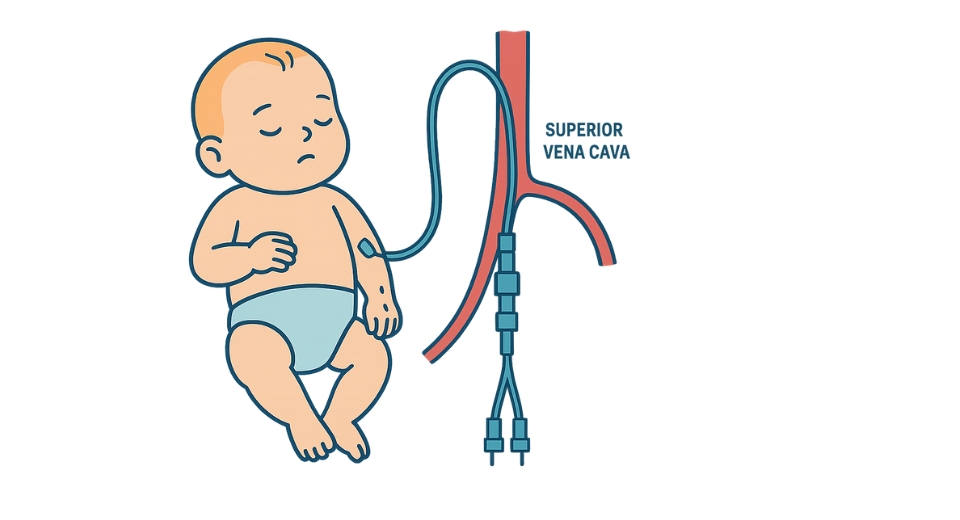
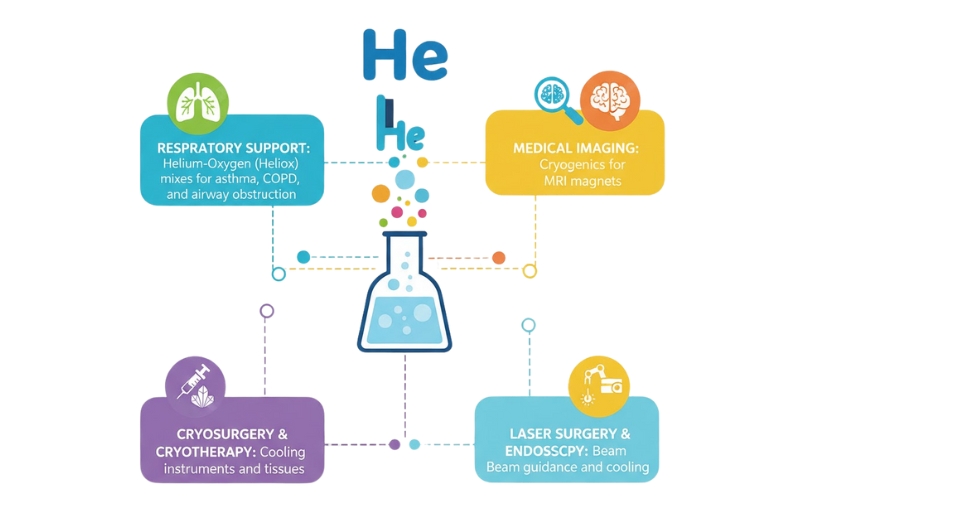
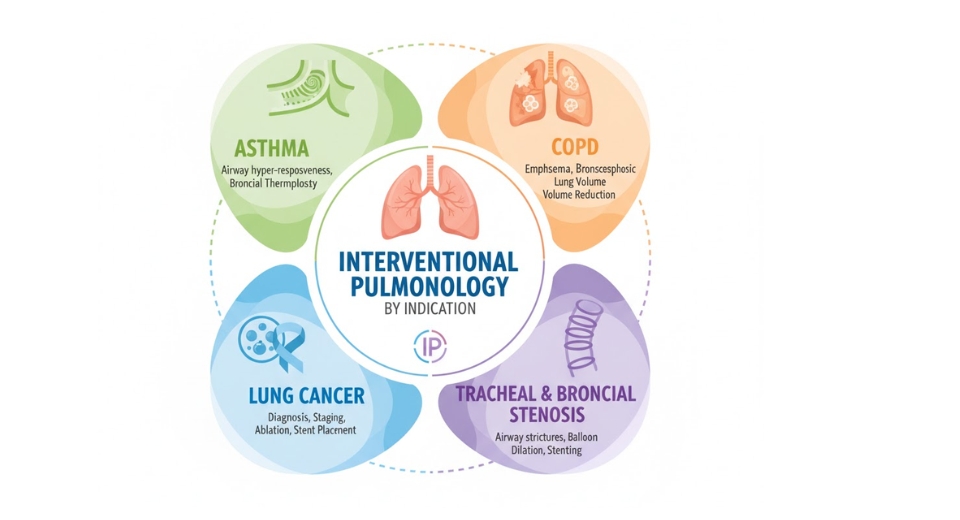
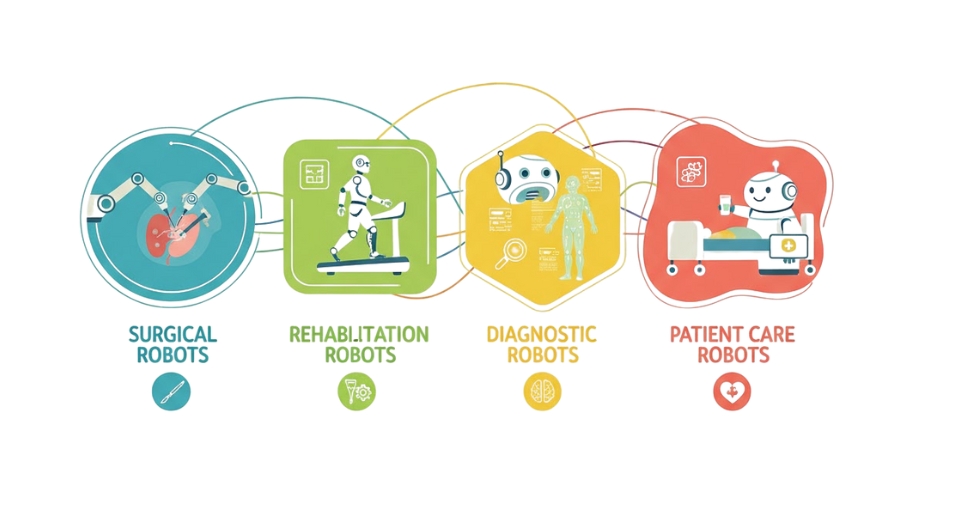

 US: +1 3023308252
US: +1 3023308252






